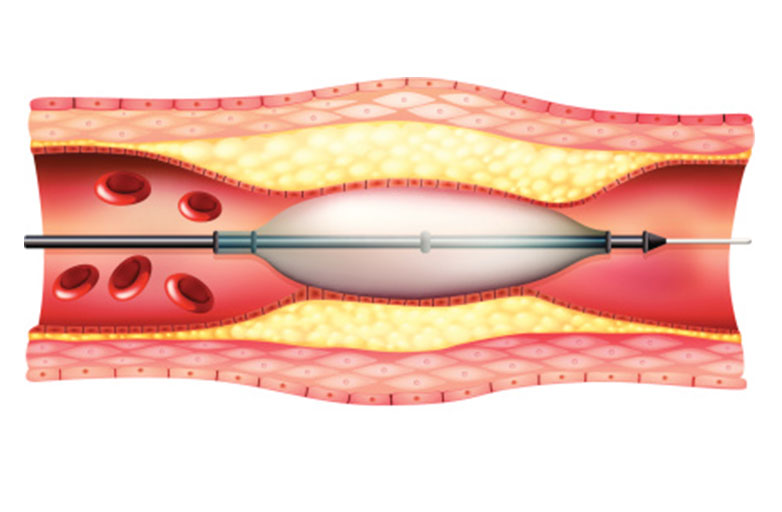Dr. Lam specializes in amputation prevention and has years of experience in limb salvage and PAD treatment. Rarely does Dr. Lam conclude that amputation is the answer.
What is limb salvage?
Limb salvage literally means saving of the limb.
Here, it refers to the surgical intervention to help “save” the limb of a patient suffering from severe blockages in their extremities. Traditionally, amputation was the most common “treatment” for limbs affected by peripheral artery disease (PAD) and is still recommended by doctors without significant vascular expertise. Unfortunately, limb salvage can often be complicated and requires the experience of a skilled vascular surgeon to intervene and prevent the foot or leg amputation. Which brings us to our next topic: getting a second opinion.
Why is it important to get a second opinion after an amputation diagnosis?
For patients facing a PAD diagnosis, especially those who are facing amputation, it’s a frightening and uncertain time. You may not know where to turn, and that’s where Dr. Lam comes in.
“A big part of my job as a vascular surgeon is education. Every patient I see, I try to educate not only about their disease, but what their treatment options are and how we can work together to best treat their individual concerns. There is no ‘one-size-fits-all’ answer, and my solution is almost never amputation.”
Patients are often told by a doctor that their lower extremity needs to be amputated, and they will undergo the operation without ever getting a second opinion. In many cases, PAD, while complex in nature, can be successfully treated using minimally invasive techniques on an outpatient basis.
Sometimes it’s a simple procedure that completely changes a patient’s life and one that they may have never known about had they not sought a second opinion.
Not-so-scary Surgery
Historically, PAD had to be treated with invasive surgery that required a hospital stay and significant downtime.
The good news today is that amputations and invasive surgeries are far less common for PAD treatment due to the advent of endovascular (minimally invasive) procedures. Dr. Lam specializes in these types of procedures – including laser atherectomy and angioplasty with stenting – and has performed over 10,000 to date.

Laser Atherectomy
Laser atherectomy is an FDA-approved, minimally invasive endovascular technique for removing plaque from blood vessels within the body. The procedure uses a catheter that emits high-energy ultraviolet light to unblock the artery. Dr. Lam maneuvers the catheter through the vessel until it reaches the blockage.

Angioplasty and Stenting
Modern angioplasty uses a thin, flexible tube called a catheter to locate where the artery is narrowed. Then a small balloon at the end of the tube temporarily inflates. The inflated balloon presses the plaque against the wall of the artery to improve blood flow. In most cases, a small, expandable tube called a stent is put in place at the same time.
—

Harvey Spurrell traveled all the way from Canada to see Dr. Lam after his wife insisted he get a second opinion regarding his doctor’s diagnosis that he was going to have to undergo a foot amputation. Fortunately, Dr. Lam was able to successfully treat Harvey’s peripheral artery disease and restore blood flow to his foot. Days after, Harvey returned to Canada with a healing foot and a happy, hopeful new lease on life.

